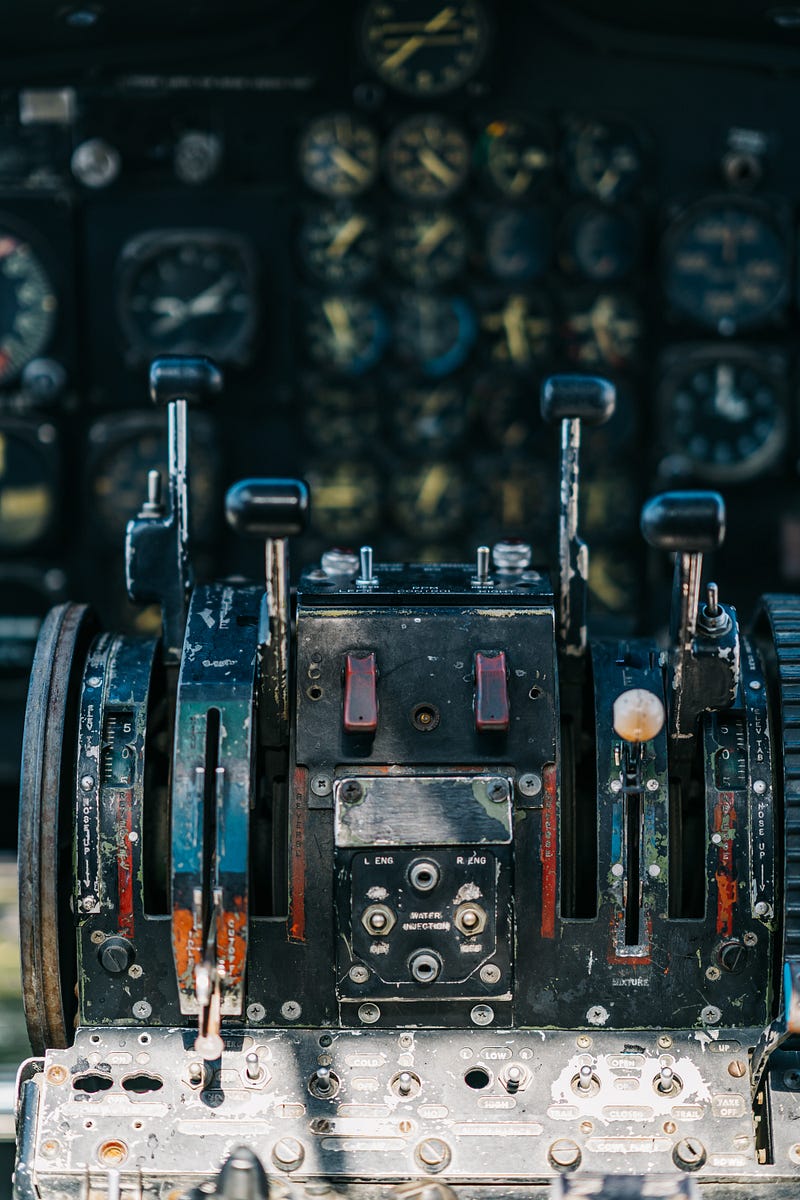Exploring Control Mechanisms in Reinforcement Learning
Written on
Understanding Reinforcement Learning and Its Control Significance
Reinforcement learning (RL) involves an agent learning to maximize rewards through interactions with its environment. The decisions made by the agent, known as controls, are crucial in RL as they guide the agent towards actions that yield the highest rewards. Various RL algorithms exist to identify the optimal controls—those that maximize rewards. Future tutorials will delve into these algorithms in more detail.
Incorporating different control algorithms can help mitigate individual limitations. For instance, early in training, algorithms may promote exploration to prevent the agent from becoming trapped in local optima or suboptimal strategies. Additionally, these algorithms can assist agents in recovering from errors, refocusing on tasks at hand. Properly fine-tuning control selection is vital for effectively addressing RL problems. Once adequately trained, an agent shifts to exploiting its learned knowledge to achieve the highest possible rewards during testing. For further details on the concept of state, refer to my earlier article:
The entirety of potential controls is termed the control space. This space is usually finite, especially in gaming contexts. However, it can be infinite in scenarios necessitating continuous control. In RL, the state-control space is often too vast for exhaustive exploration, necessitating some form of approximation. RL algorithms primarily fall into two categories: value-based and policy-based. Value-based methods focus on estimating the value function, which predicts the expected return for a given control in a specific state. Conversely, policy-based approaches aim to learn a policy that maps states to controls, which can be either deterministic or stochastic. Both types of algorithms have their pros and cons, and research continues to advance new and enhanced RL control algorithms.

Exploring Various Reinforcement Learning Control Algorithms
Reinforcement learning is applicable to numerous control challenges. Noteworthy algorithms include:
- Q-learning: This algorithm seeks to determine the optimal policy for an agent within a Markov Decision Process (MDP). It can be either model-free or model-based, depending on whether it utilizes a model of the environment during updates.
- SARSA: Similar to Q-learning, SARSA employs a different update rule and is also model-free.
- Monte Carlo Methods: These methods can address both MDPs and Partially Observable MDPs (POMDPs). They can be classified as either on-policy, learning from the current policy, or off-policy, learning from any policy, even if it isn't optimal.
Each algorithm possesses unique strengths and weaknesses, making it essential to select the appropriate one for your specific problem.
Choosing the Right Control Algorithm for Your Reinforcement Learning Challenge
The selection of an RL control algorithm hinges on the specific optimization issue at hand. For example, if the objective is to navigate a maze, tabular Q-learning might be ideal due to its finite set of states and controls, where states represent maze positions and controls denote movement directions.
Conversely, for tasks like maneuvering a robotic arm to manipulate objects, an inverse reinforcement learning algorithm might be more suitable. The decision on which algorithm to employ is significant, and it is crucial to align the algorithm with the optimization challenge.
Some RL challenges are more compatible with tabular approaches, while others benefit from function approximation methods, such as neural networks. Additionally, the dimensions of the state and control spaces are key factors. Tabular methods work best for smaller spaces, while function approximation can handle larger ones. The nature of the reward function also plays a role; for instance, scenarios with sparse rewards only provide signals at critical junctures.
Lastly, consider the computational resources at your disposal. Certain RL algorithms demand more computational power. If resources are limited, opting for less intensive algorithms may be necessary. For instance, I’ve been working with complex Deep Q-networks, which require significant time to train on my personal computer, prompting a shift to Google’s Colab for efficiency. This tool is an excellent free resource for deep learning and reinforcement learning practitioners.
Reinforcement Learning: Machine Learning Meets Control Theory
In this video, we explore the intersection of reinforcement learning and control theory, shedding light on how these fields converge and enhance each other.
Reinforcement Learning Series: Overview of Methods
This overview outlines various methods in reinforcement learning, providing insights into their distinct approaches and applications.
Real-World Applications of Reinforcement Learning Controls
Reinforcement learning controls find applications in diverse real-world scenarios. For example, consider a robotic arm trained to reach an object. RL can optimize the arm's control parameters to enhance its chances of successfully reaching the target. In robotic applications, RL fine-tunes control inputs to achieve specific goals, such as a robot collecting all items in a room efficiently.
In gaming, RL trains AI to play games like chess or Go, determining the placement of pieces in accordance with game rules. With the right RL algorithm, the AI learns from its errors, gradually improving its gameplay to the point of defeating human players.

Another application of RL is in autonomous driving, where it optimizes control systems for safe and efficient navigation. The vehicle learns to respond to traffic conditions and adjust its route accordingly.
In agriculture, RL can manage irrigation systems, determining optimal water supply based on environmental factors. It can also assist with planting decisions, such as seed placement and depth.
In manufacturing environments, RL can enhance the efficiency of assembly line robots, learning the best assembly strategies based on product data and workflow.

In healthcare, RL has the potential to optimize the control of robotic prosthetics, adjusting their parameters for optimal user performance. This highlights the vast potential of RL across various fields, especially for future research aimed at benefiting humanity.
In the realm of neural networks, RL is instrumental in refining weights and biases to enhance performance on specific tasks. For instance, RL might train a neural network to accurately recognize handwritten digits from the MNIST dataset, laying the groundwork for tackling more complex challenges.

In summary, reinforcement learning controls can be leveraged in numerous ways to optimize performance and address intricate control issues, especially in scenarios where the optimal strategy remains unclear. They provide tools to determine ideal control inputs given constraints and objectives, or to effectively manage potentially nonlinear systems. As such, RL control algorithms are invaluable for enhancing the performance of complex, nonlinear, noisy, or continuous systems.
Until next time,
Caleb.